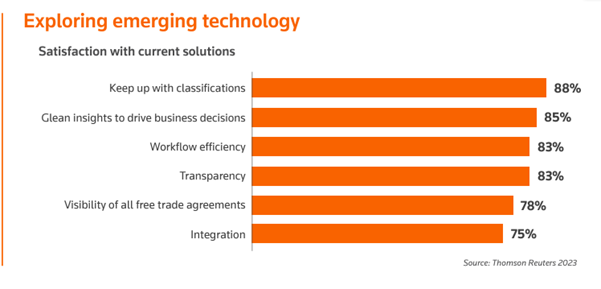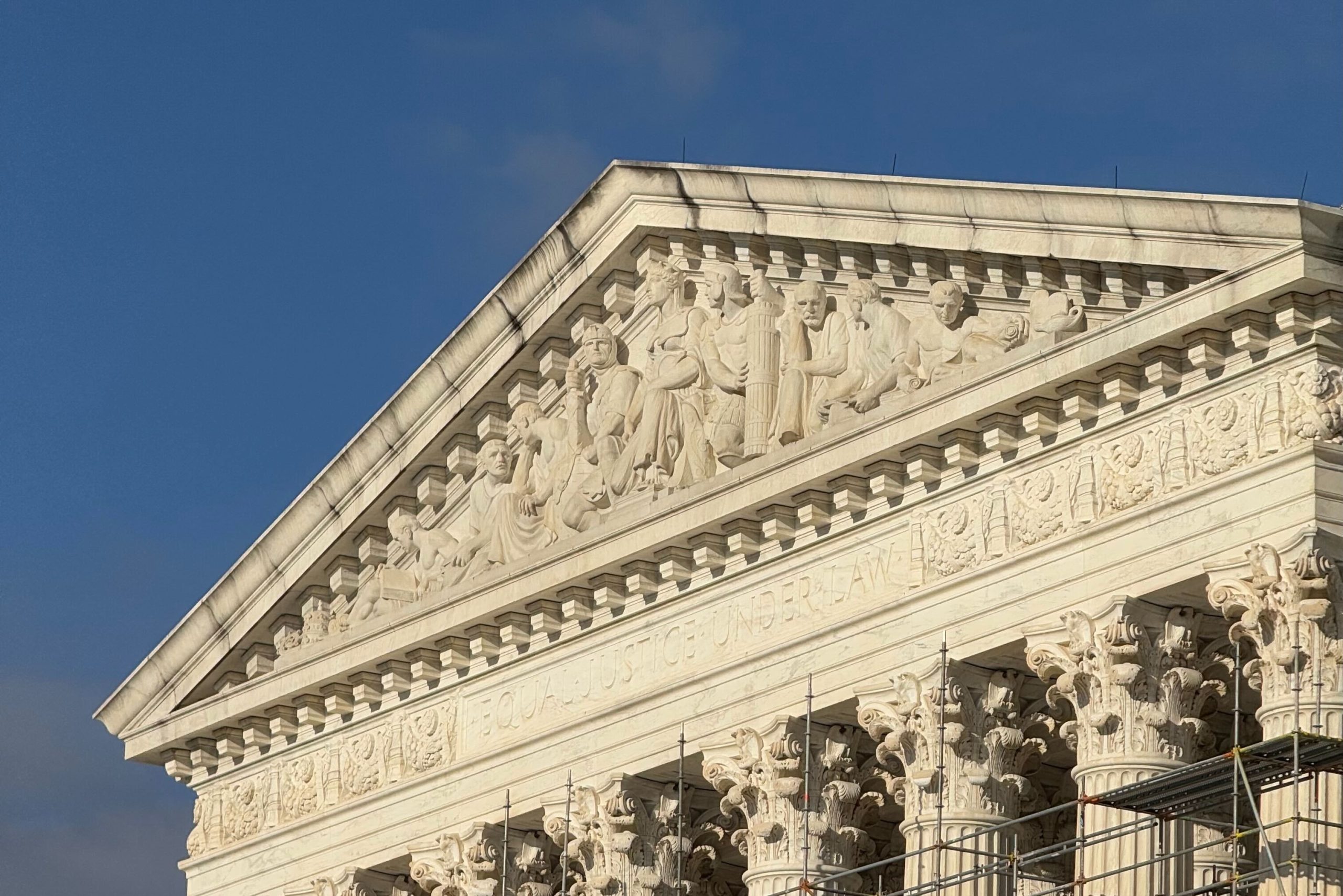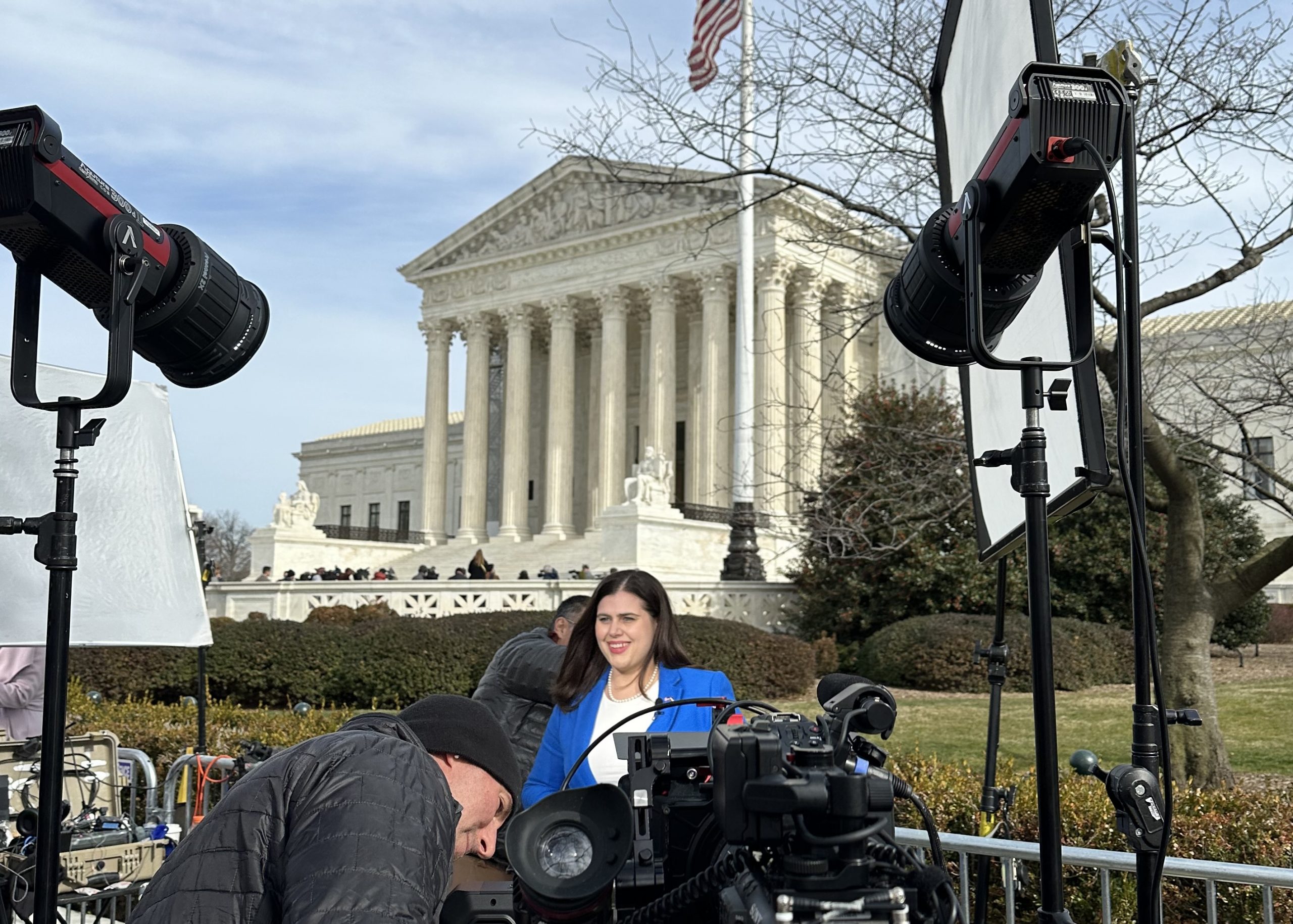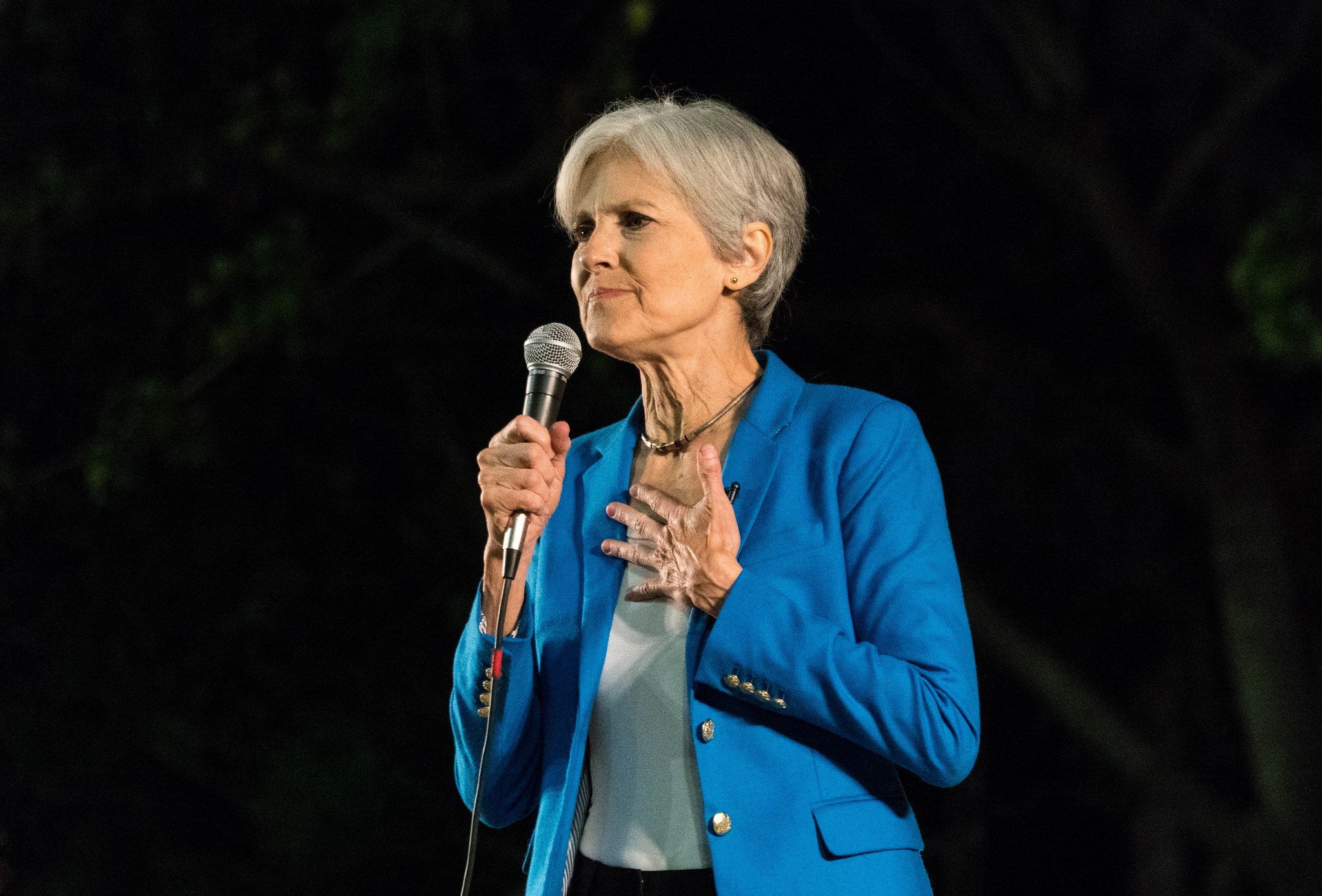California man exposed to COVID-19 in prison seeks to contest conditions of confinement
Petitions of the week
on Feb 13, 2024
at 4:44 pm
The Petitions of the Week column highlights a selection of cert petitions recently filed in the Supreme Court. A list of all petitions we’re watching is available here.
A petition for a writ of habeas corpus allows someone who is incarcerated to challenge the legality of their custody and seek release from prison. The Supreme Court has “left open” whether a habeas petition can be used to challenge prison conditions, and in answering that question for themselves, the courts of appeals are divided. This week, we highlight petitions that, among other things, ask the justices to resolve the issue after a flood of efforts during the COVID-19 pandemic to challenge conditions of confinement using habeas petitions.
In addition to nursing homes and health care facilities, prisons were the site of frequent mass COVID-19 outbreaks during the early days of the pandemic. According to the CDC, crowded conditions, shared facilities, and a constant influx of new people made prisons particularly vulnerable to COVID-19.
The government attempted to get ahead of the issue. In March 2020, Congress passed the CARES Act, which (among other things) expanded the authority of the Bureau of Prisons to place inmates in home confinement. A few days later, the Department of Justice directed federal prison officials to prioritize the use of home confinement for the most vulnerable inmates at the facilities most affected by COVID-19. Despite these efforts, prisons like the Federal Correctional Institution in Lompoc, California, saw a 70% rate of positive tests for the virus in May 2020.
Bruce Sands has been serving an 11-year sentence for fraud and money laundering at Lompoc since 2016. As the virus spread at the facility, Sands went to federal court to challenge the prison’s pandemic response. He alleged that officials flouted masking and distancing guidelines, confined him alongside others infected with COVID-19, and increased the prison population instead of moving eligible people to home confinement.
Sands filed his claim in a petition for habeas corpus. Because he suffers from obesity and high blood pressure, Sands sought release from prison on the grounds that his confinement exposed him to a high risk of contracting COVID-19 – as well as caused him to develop heart issues and diabetes – in violation of the Eighth Amendment’s ban on cruel and unusual punishment.
A federal district court in California dismissed Sands’ petition. The court held that it lacked the power to hear his claim because Sands was contesting the conditions of his confinement, but habeas relief is only available to those challenging the “fact or duration” of their custody.
The U.S. Court of Appeals for the 9th Circuit upheld that ruling. Under existing circuit law, the court of appeals held, a habeas petition is the wrong legal tool for a claim of unlawful prison conditions. Previous 9th Circuit decisions have allowed incarcerated individuals to file habeas petitions challenging the “conditions of a sentence’s execution,” the court explained, but not the “conditions of their confinement.”
In Sands v. Bradley, Sands asks the justices to grant review and reverse the 9th Circuit’s ruling. He argues that petitions for habeas corpus can be used to challenge the conditions of an inmate’s confinement, and he urges the court to settle that long-open question. But in any event, Sands contends, a habeas petition is appropriate because no possible changes to the conditions at Lompoc, other than his release, could have prevented the injuries he alleges.
A list of this week’s featured petitions is below:
Sands v. Bradley
23-488
Issue: Whether federal courts have jurisdiction under 28 U.S.C. § 2241 over a petition for habeas corpus alleging that a prisoner’s unconstitutional conditions of incarceration require release, either because habeas jurisdiction generally extends to conditions-of-confinement claims, or because it at least extends to such claims when the prisoner seeks his release from custody.
Gimenez v. Franklin County, Washington
23-500
Issue: Whether the Washington Voting Rights Act is subject to strict scrutiny.
Occidental Exploration and Production Co. v. Andes Petroleum Ecuador Ltd.
23-506
Issue: Whether an arbitrator’s failure to disclose a relationship evinces evident partiality if it shows the arbitrator “might reasonably be thought biased,” as Commonwealth Coatings Corp. v. Continental Casualty Co. held, or instead only if a reasonable person “would have to conclude” that the arbitrator was actually biased.
Donnellon v. Jordan
23-541
Issues: (1) Whether the U.S. Court of Appeals for the 10th Circuit’s use of the First Amendment analysis of City of Houston, Texas v. Hill negated the objective Fourth Amendment standard of Maryland v. Pringle; and (2) whether it was clearly established for qualified immunity purposes that initiating a takedown maneuver to effectuate an arrest on a person who did not comply with an order to place his hands behind his back and pulled away was an excessive use of force in violation of the Fourth Amendment.
Bartlett v. Baasiri
23-568
Issue: Whether a defendant’s status as an instrumentality of a foreign state under 28 U.S.C. § 1603(b)(2) “is determined at the time of the filing of the complaint,” as this court held in Dole Food Co. v. Patrickson, or at any time “after a suit is filed,” as the U.S. Court of Appeals for the 2nd Circuit held.






